Table of content
Mint leaves, with their refreshing aroma and versatile culinary uses, are a staple in kitchens, teas, cocktails, and herbal remedies. However, their delicate nature makes them prone to wilting and spoilage within days of harvest. Preserving mint leaves properly ensures you can enjoy their vibrant flavor and fragrance long after they’ve been picked. This comprehensive guide explores seven effective methods for preserving mint leaves, along with expert tips to maximize their shelf life and quality. Whether you’re a home cook, a gardener, or a herbal enthusiast, these techniques will help you reduce waste and savor mint’s bright taste year-round.
Refrigeration: The Quick Fix for Short-Term Use
Refrigeration is the simplest way to extend the life of fresh mint leaves for up to two weeks. However, improper storage can lead to premature wilting or mold. Follow these steps for optimal results:
- Harvesting: Pick mint sprigs early in the morning when their essential oils are most concentrated. Choose stems with firm, green leaves and avoid those with yellowing or blemishes.
- Preparation: Gently rinse the leaves under cold water to remove dirt. Pat them dry with a clean kitchen towel or salad spinner. Excess moisture accelerates decay, so ensure leaves are completely dry.
- Storage: Wrap the mint sprigs loosely in a damp paper towel to maintain humidity without causing sogginess. Place the bundle inside a plastic bag or airtight container, leaving the top slightly open to allow air circulation. Store in the crisper drawer of your refrigerator.
- Maintenance: Check the towel every 2–3 days and re-dampen it if it dries out. Remove any spoiled leaves immediately to prevent mold from spreading.
Pro Tip: Avoid washing mint until you’re ready to use it, as moisture from rinsing can shorten its refrigerator life.
Freezing: Lock in Flavor for Months
Freezing mint leaves preserves their flavor for up to six months, making it ideal for long-term storage. Here are three popular freezing methods:

a. Ice Cube Tray Method
- Chop fresh mint leaves into small pieces.
- Fill each compartment of an ice cube tray halfway with chopped mint.
- Top with water, olive oil, or broth (for culinary use).
- Freeze until solid, then transfer the cubes to a freezer-safe bag.
Uses: Add cubes to smoothies, soups, or sauces for instant flavor.
b. Flash Freezing
- Spread whole or chopped mint leaves in a single layer on a baking sheet.
- Freeze for 1–2 hours until leaves are firm.
- Transfer to a freezer-safe container or bag.
Pro Tip: Flash freezing prevents leaves from clumping, allowing you to grab small portions as needed.
c. Vacuum Sealing
For bulk storage, vacuum-seal mint leaves in portions and freeze. This method minimizes freezer burn and retains potency for up to a year.
Important: Frozen mint leaves are best used in cooked dishes rather than as garnishes, as freezing alters their texture.
Drying: A Time-Tested Technique
Dried mint leaves retain their flavor for 6–12 months when stored correctly. While the taste is slightly milder than fresh, dried mint works well in teas, spice blends, and baked goods. Try these drying methods:
a. Air Drying
- Bundle 5–10 mint stems together and secure with twine.
- Hang the bundle upside down in a dark, warm, well-ventilated area (e.g., a pantry or attic).
- Wait 1–2 weeks until leaves crumble easily.
- Strip the leaves from the stems and store in an airtight jar.
Pro Tip: Avoid direct sunlight, as it fades the leaves’ color and flavor.
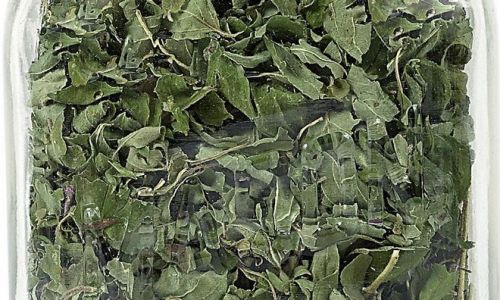
b. Oven Drying
- Preheat your oven to the lowest setting (usually 170°F/77°C).
- Spread mint leaves in a single layer on a baking sheet.
- Bake for 1.5–2.5 hours, checking every 30 minutes. Leaves are dry when they crumble between your fingers.
Caution: High heat can destroy mint’s volatile oils, so stick to low temperatures.
c. Dehydrator Method
- Arrange mint leaves on dehydrator trays, ensuring they don’t overlap.
- Dry at 95°F (35°C) for 4–6 hours.
- Store in airtight containers away from light and heat.
Pro Tip: Label jars with the drying date to track freshness.
Mint-Infused Oil or Vinegar
Preserve mint’s essence in oil or vinegar for salad dressings, marinades, or gifts.
a. Mint-Infused Oil
- Fill a sterilized jar with fresh mint leaves.
- Pour olive oil or grapeseed oil over the leaves, ensuring they’re fully submerged.
- Seal the jar and store in a cool, dark place for 2–3 weeks.
- Strain the oil through cheesecloth and transfer to a dark bottle.
Safety Note: Herb-infused oils can harbor botulism if not refrigerated. Store in the fridge and use within a month.
b. Mint-Infused Vinegar
- Pack a jar with mint leaves and cover with white wine vinegar or apple cider vinegar.
- Seal and steep for 2 weeks, shaking occasionally.
- Strain and bottle. Use in dressings or as a hair rinse.
Pro Tip: Add a sprig of fresh mint to the bottle for visual appeal.
Mint Sugar or Honey
Infuse sugar or honey with mint for a sweet, aromatic twist.
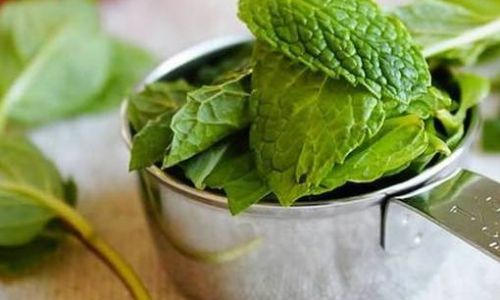
a. Mint Sugar
- Layer 1 cup of granulated sugar with ½ cup fresh mint leaves in a jar.
- Seal and let sit for 2 weeks, shaking occasionally.
- Strain the sugar and store in an airtight container.
Uses: Sweeten iced tea, lemonade, or desserts.
b. Mint-Infused Honey
- Warm honey gently in a double boiler.
- Stir in fresh mint leaves and steep for 1 hour.
- Strain and pour into a sterilized jar.
Pro Tip: Use in herbal teas or as a glaze for grilled fruits.
Mint Jelly or Compound Butter
Transform mint into preserves or spreads.
a. Mint Jelly
- Boil 2 cups apple juice with ¼ cup chopped mint.
- Strain and add 3 cups sugar and 1 pouch liquid pectin.
- Boil for 1 minute, then pour into sterilized jars.
Uses: Pair with lamb, toast, or cheese plates.
b. Mint Compound Butter
- Soften 1 cup unsalted butter and mix with 2 tbsp chopped mint.
- Roll into parchment paper and refrigerate.
Pro Tip: Freeze in logs for easy slicing.
Pesto or Chutney
Freeze mint pesto in ice cube trays for instant flavor. Combine mint with basil, garlic, pine nuts, Parmesan, and olive oil. Blend until smooth and freeze.
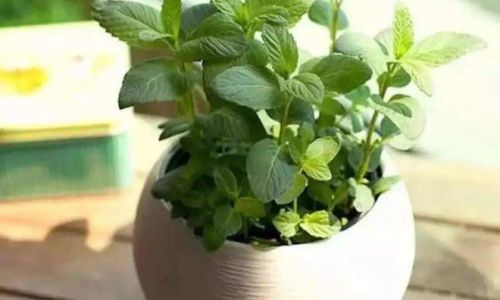
Alternative: Make mint chutney with cilantro, green chilies, and lime juice. Store in jars for up to a month.
Expert Tips for Preserving Mint
- Harvesting: Pick mint in the morning for peak freshness.
- Pruning: Regular harvesting encourages bushier growth.
- Avoid Plastic Bags: Mint needs airflow; use breathable containers.
- Revive Wilted Mint: Soak stems in ice water for 15 minutes.
- Label Everything: Note the preservation date to avoid spoilage.
Conclusion
Preserving mint leaves is both an art and a science, requiring attention to detail and creativity. By mastering techniques like refrigeration, freezing, drying, and infusion, you can enjoy mint’s invigorating taste in any season. Experiment with different methods to find what suits your needs—whether you’re stocking up for winter teas or crafting gourmet gifts. With proper storage, this humble herb can transform ordinary dishes into extraordinary culinary experiences. So, grab a bunch of mint, and let the preservation begin!
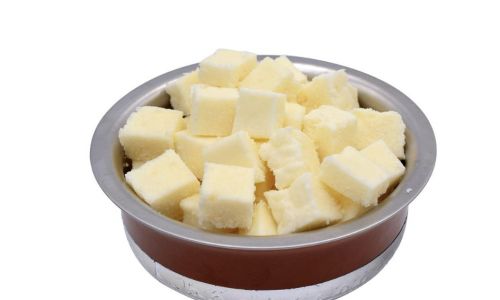




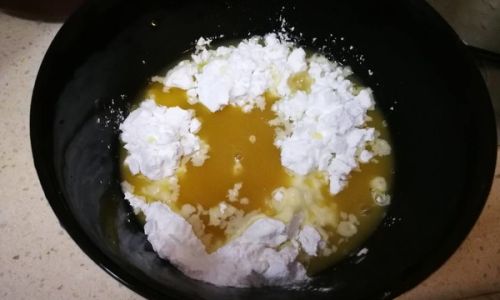
0 comments